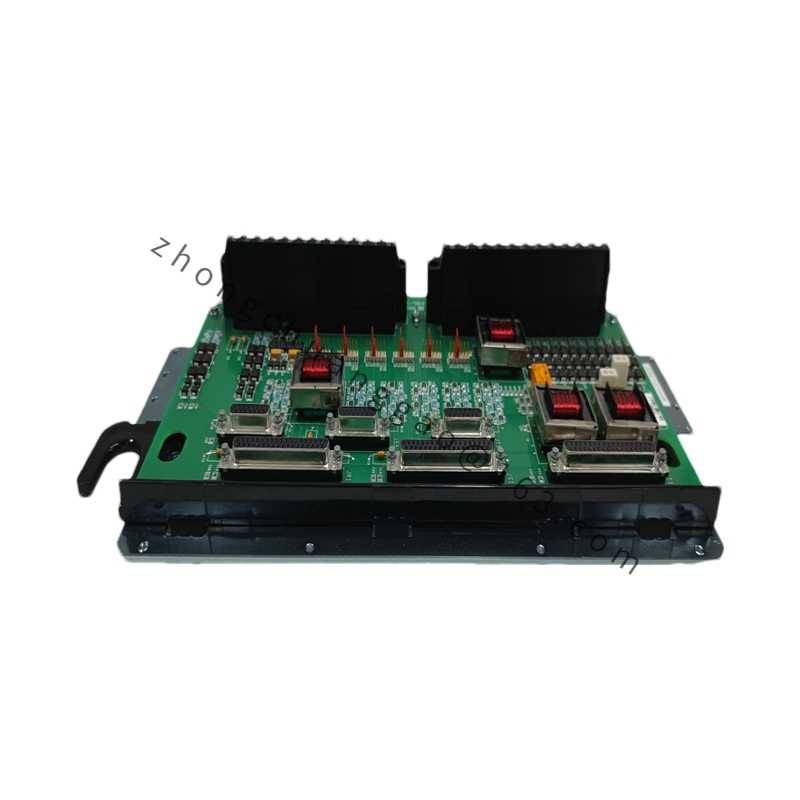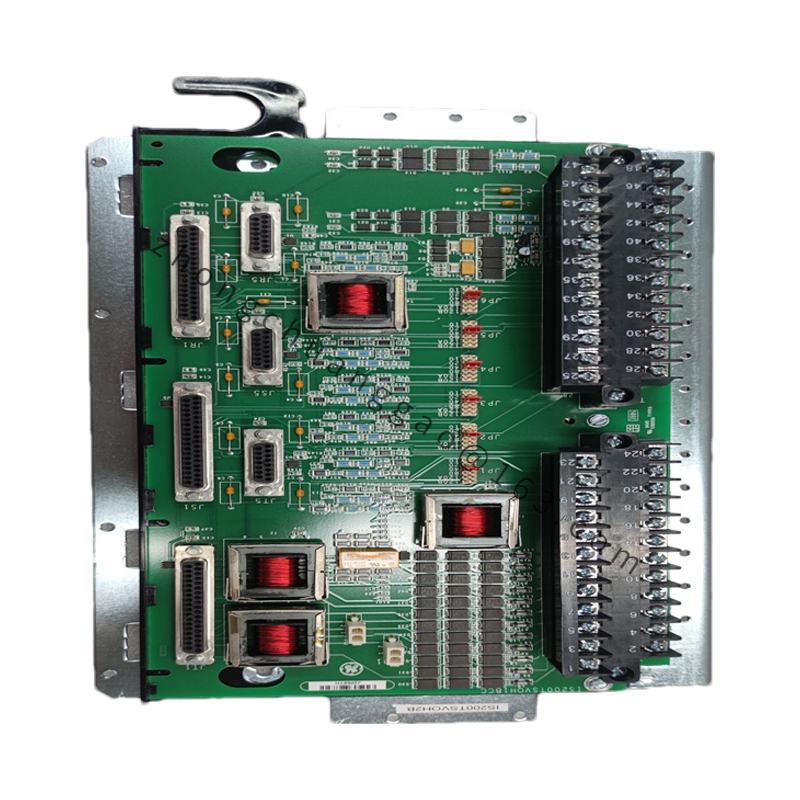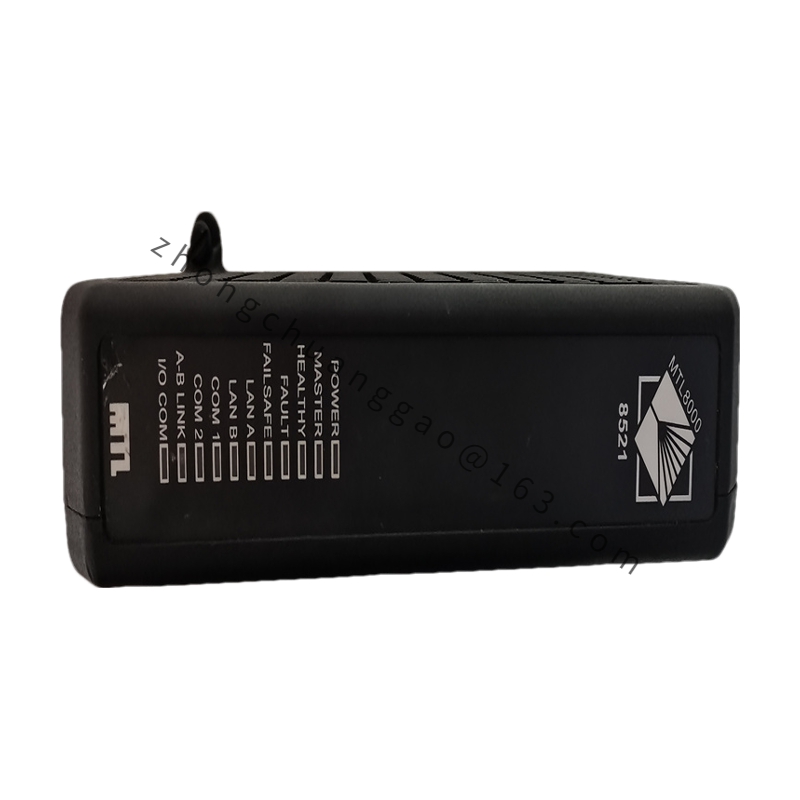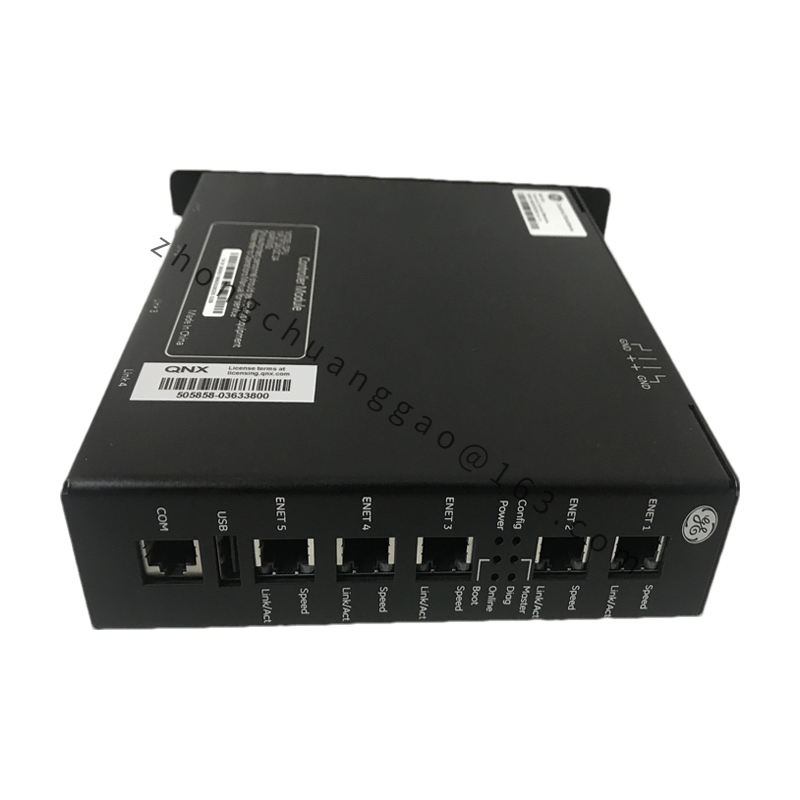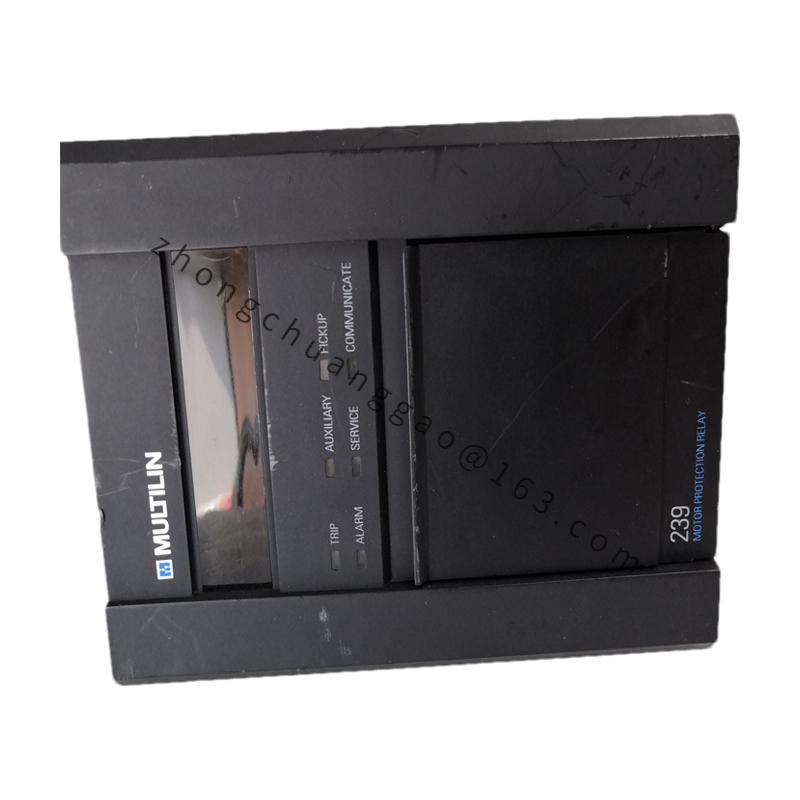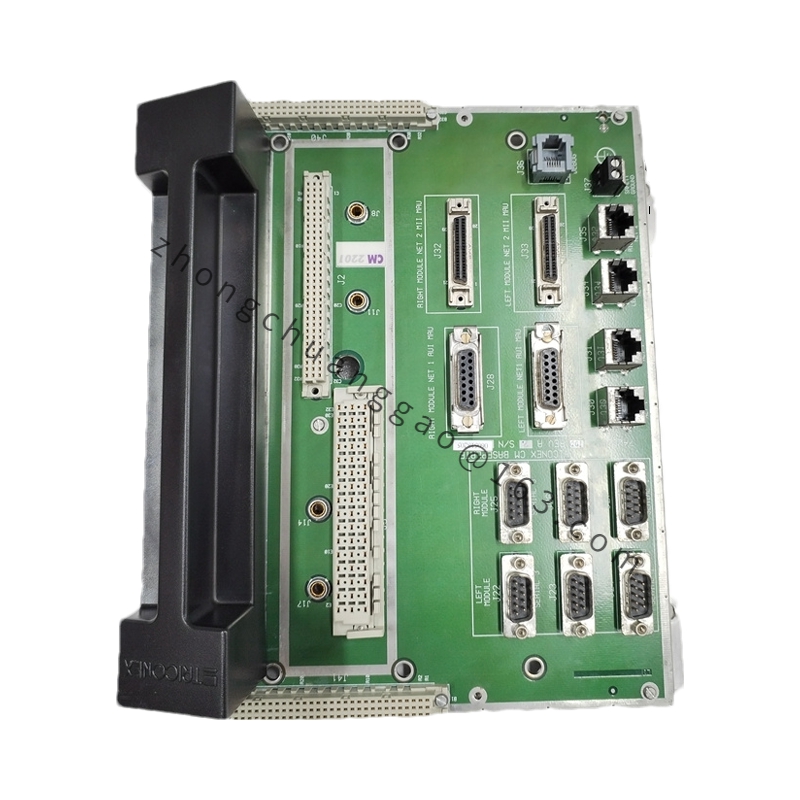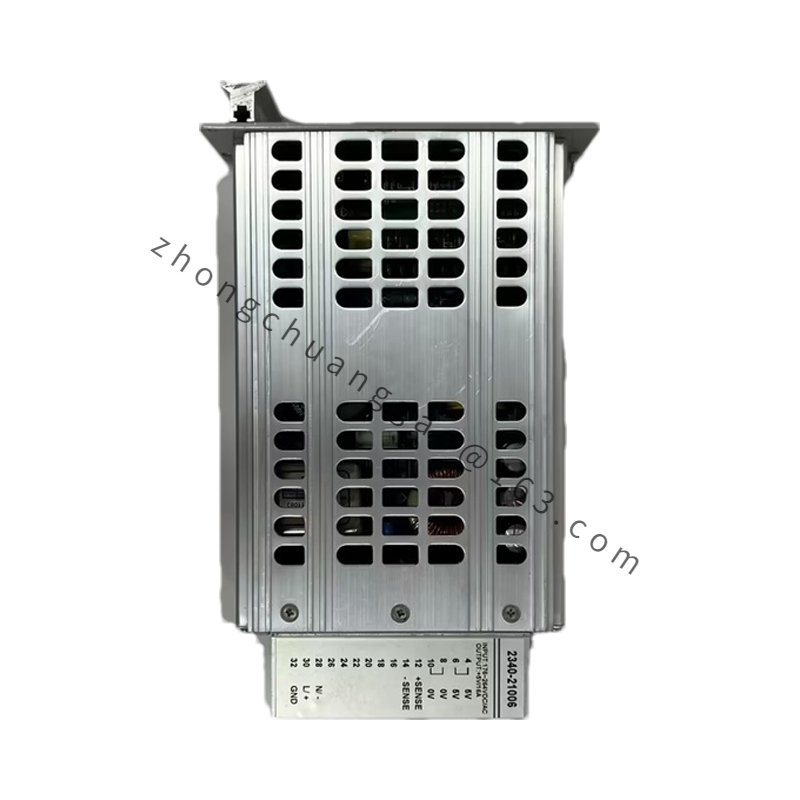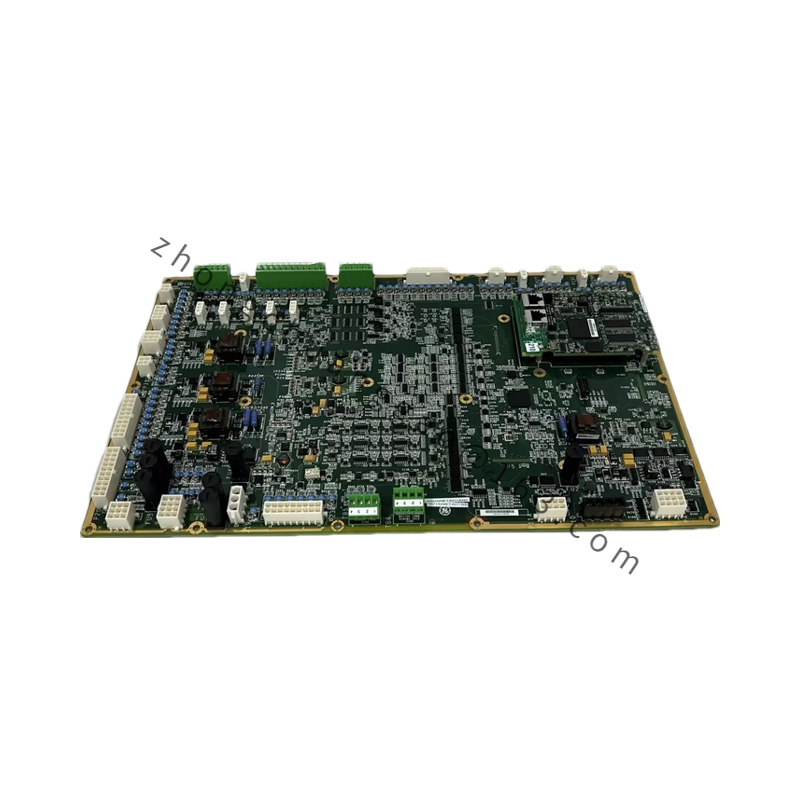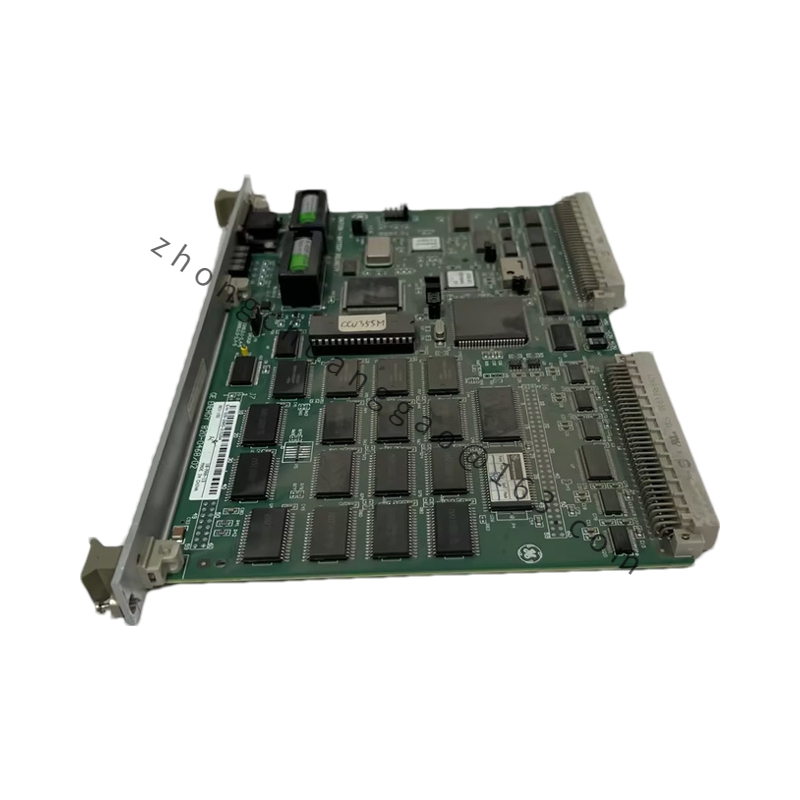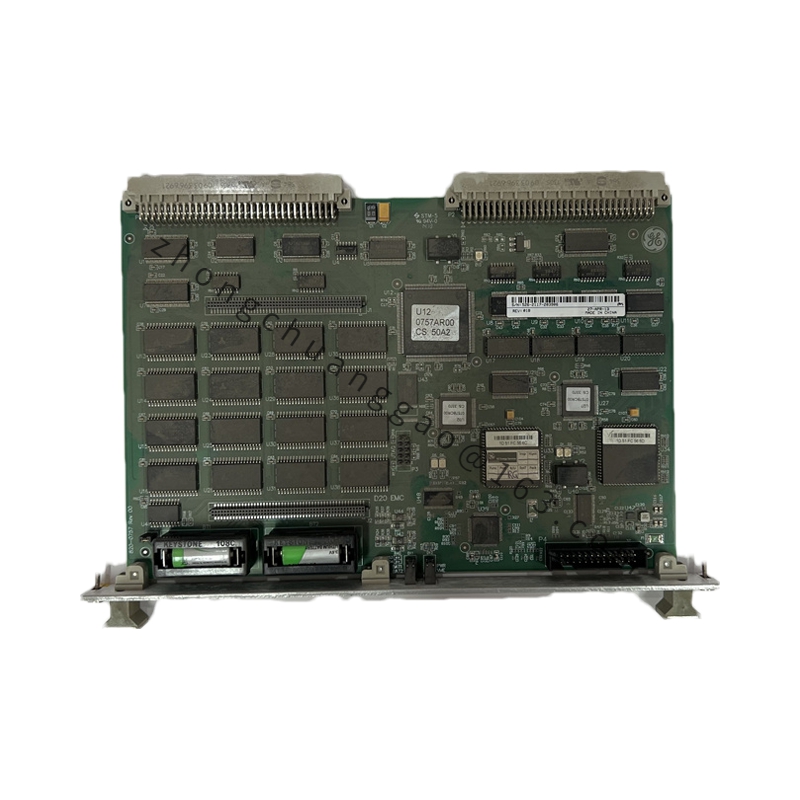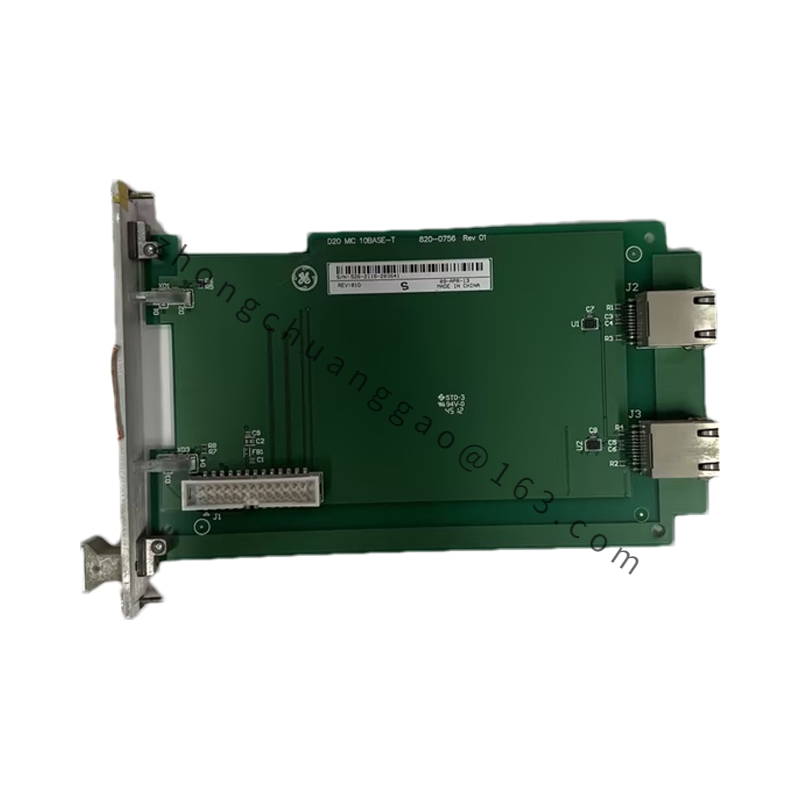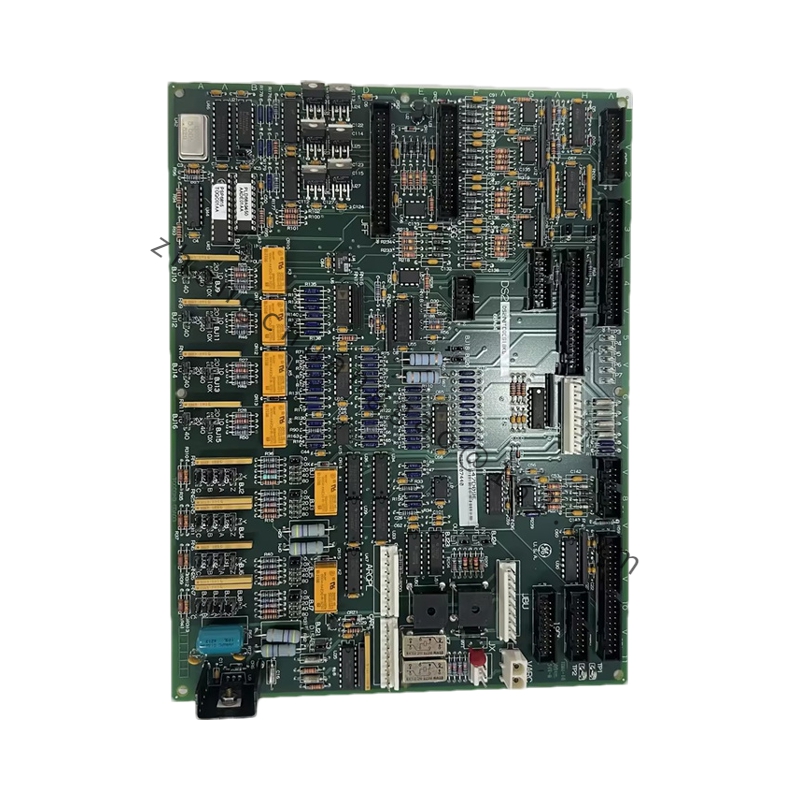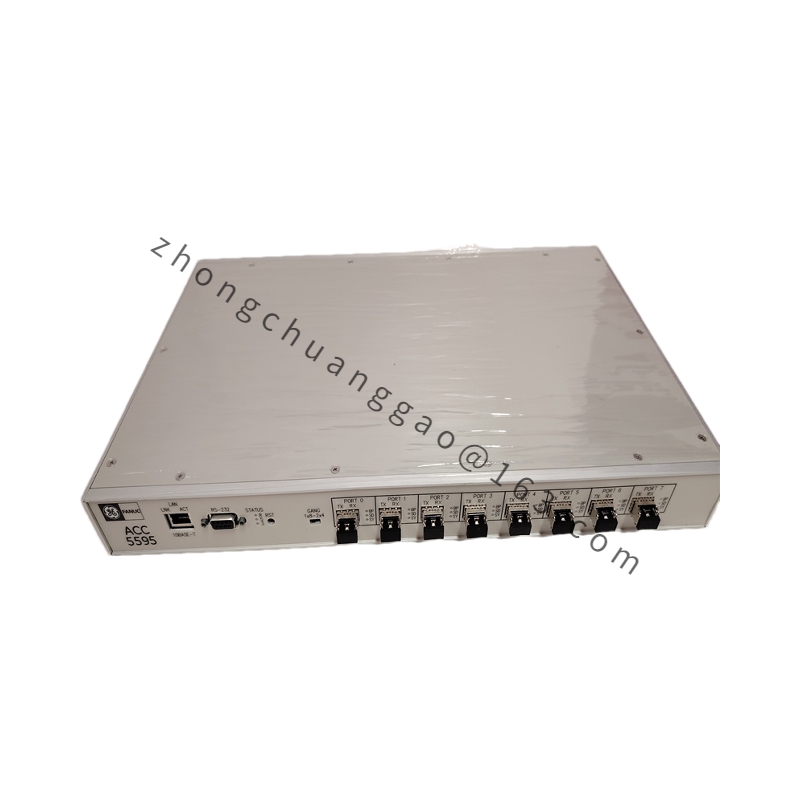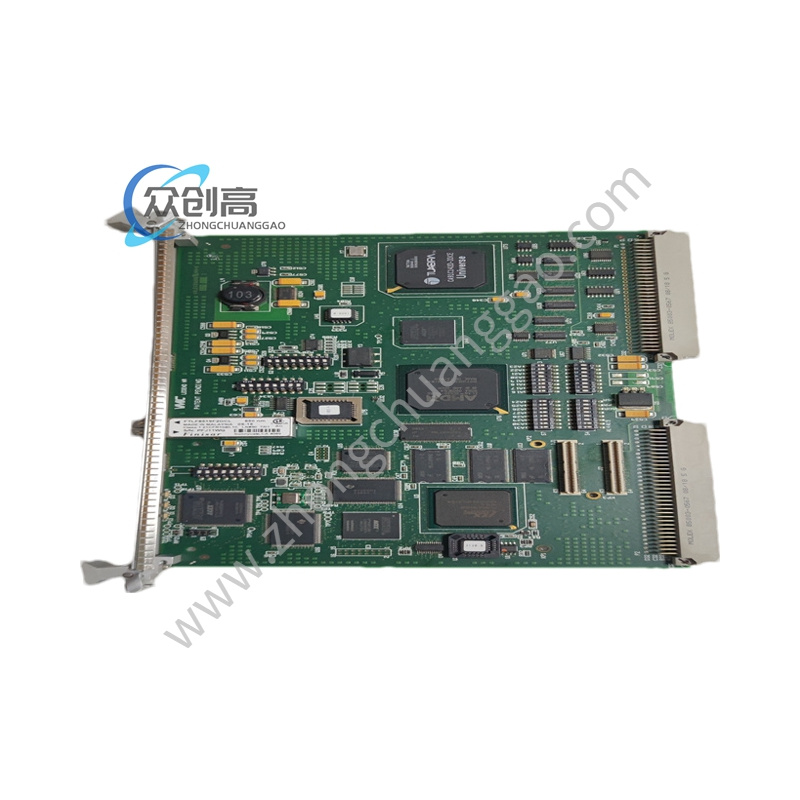Detailed content
Technical Specifications
- Brand & Manufacturer: GE (General Electric)
- Model: IS200TSVOH2B
- Category: Servo Terminal BD / Power Control Board (as commonly referred to in industrial contexts)
- Compatibility: Likely compatible with GE’s automation and control systems, including but not limited to DCS (Distributed Control Systems) and other industrial automation platforms.
- Electrical Parameters:
- Voltage: Rated (specific voltage range may vary based on application)
- Current: 0-60A (indicative range, actual values may differ)
- Power: Rated Watts (specific power rating not provided)
Functional Characteristics
- Control Functionality: The IS200TSVOH2B serves as a critical component in controlling and regulating power flow within industrial systems. It may be designed to manage servo motors, actuators, or other high-precision equipment.
- Integration: Easily integrates into existing GE automation systems, facilitating seamless communication and control between various system components.
- Reliability: Built with high-quality components and rigorous testing, ensuring long-term reliability and durability in harsh industrial environments.
- Customizability: Depending on the specific model and configuration, the IS200TSVOH2B may offer a degree of customization to meet the unique requirements of different applications.
Application Scenarios
- Industrial Automation: Widely used in industrial automation systems, particularly those requiring precise control of servo motors and actuators.
- Energy & Power Generation: Applicable in power generation facilities, where it may be used to control and optimize the performance of turbines, generators, and other critical equipment.
- Oil & Gas: Finds use in the oil and gas industry, where it can help manage the operation of pumps, compressors, and other heavy-duty machinery.
- Aerospace & Defense: Potentially utilized in aerospace and defense applications, where precision and reliability are paramount.
- Marine & Shipping: Suitable for marine and shipping applications, where it can contribute to the efficient and reliable operation of vessels and their onboard systems.

